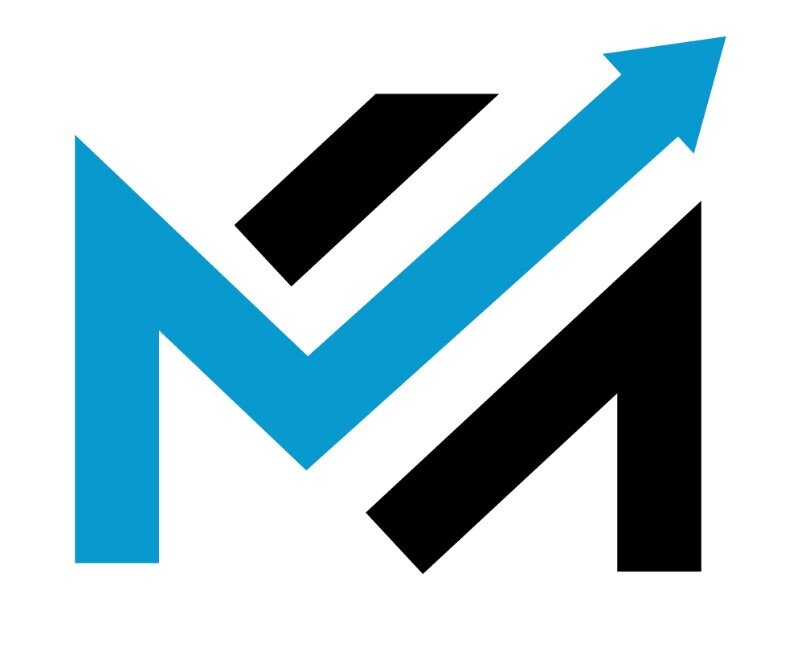How does programmatic marketing work?
Let’s dive in
At the end of 2021, programmatic advertising accounted for 88% of all digital display marketing in the United States. Advertisers are increasingly turning to programmatic as a way to automatically purchase and optimize digital campaigns rather than buy directly from publishers. It can apply to anything, including display, digital out-of-home, and television marketing.
The market for digital advertising space is dominated by ad exchanges, which run automated auctions that bring together advertisers who want to buy ad space and publishers who own digital space to sell.
Programmatic Marketing is a method of automated bidding on advertising inventory that occurs in real-time to a specific user with certain attributes (or behaviour type) in a given setting. This article provides an overview of how that works in practice.
How does programmatic marketing work?
Three core technologies drive how programmatic marketing automates the process of buying ad space.
- Demand-Side Platforms (DSPs) – These platforms like Google Ad Manager allow you to buy ad space through an exchange, featuring advertising inventory from publishers.
- Supply-Side Platforms (SSPs) – Allow a publisher to manage and offer ad space to any party interested in purchasing it, such as advertisers and marketers
- Data Management Platforms (DMP) – Organizations can collect and manage their user data for digital marketing, including programmatic marketing.
The ad exchange central to the programmatic ecosystem and is connected to a DSP on the advertiser’s side and an SSP on the publisher’s side. There are many to connect to, such as Xandr, Microsoft Ad Exchange, OpenX and Smaato.
Programmatic advertising automates acquiring and bidding on ad space by combining these three technologies and artificial intelligence (AI). It also improves the process by leveraging user data to offer appropriate ads in milliseconds.
A programmatic marketing flow typically has seven steps.
- When someone visits a website that uses programmatic advertising, the automated advertising process begins. Users are unaware of programmatic advertising since it occurs in milliseconds.
- The website publisher sends the dimensions of its ad space to an SSP, listing products for advertisers to purchase.
- The SSP analyzes the user’s cookies to learn as much as possible about their demographics and deliver a relevant ad.
- The DSP reviews the information gathered by the SSP and assigns the user a value.
- Having allocated a value to the user, the DSP submits a bid to the SSP in real-time.
- The SSP reviews the bids received from the DSPs and picks a winner, usually the highest bidder. You pay your highest bid or the price of the second-highest bid with a fee,
- The SSP delivers the winning ad to the user. The page loads with the ad displayed without disrupting the website visitor.
Automating the bidding process helps marketers to lower their ad costs. Google used programmatic advertising to promote the Google Search App and decreased cost-per-thousand impressions (CPMs) by 30%. Programmatic marketing also frees up your time to focus on other tasks, given it is automated and streamlines the ad buying process.
The importance of funnel metrics
To identify market trends and opportunities, sales funnel data must be tracked. You can’t optimize your sales funnel if you can’t evaluate its success. Funnel analytics indicate the point in the funnel where prospects drop out. They assist you in determining whether or not your sales and marketing initiatives are effective.

Upper Funnel
Top-of-funnel programmatic advertising strategies often aim to raise brand awareness. Impression and reach KPIs can help determine whether your upper-funnel programmatic campaign fulfils its brand awareness target. Lead volume, cost per lead, and volume of qualified leads are the typical metrics at this stage.
Mid-Funnel
The decision of where to invest your brand’s marketing budget becomes increasingly more crucial as customers travel further down the funnel. As a critical component of the product consideration phase, the middle of the funnel offers a plethora of potential targets for programmatic advertising campaigns. Brand awareness, along with traffic and engagement, can be tracked.
Lower Funnel
A browser becomes a buyer at the bottom of the funnel. The ultimate aim of this stage is to make a sale. However, other significant indicators may be measured in conjunction with that goal.
Tracking customer conversions and conversion rates, for example, will assist your brand in understanding the bottom line of the performance of your programmatic campaign. The higher your conversion rate, the more effective your funnel. Average order value (AOV) and cost per acquisition (CPA) help measure whether your campaigns are generating an ROI.
Another important KPI to monitor at the bottom of the funnel is the customer lifetime value (CLV). When running programmatic advertising as part of a longer-term campaign, CLV gives a more long-term picture of your programmatic success than KPIs like click-through rate.
Summary
The best place to start for those starting in programmatic advertising is online resources, webinars, podcasts, and connections to educate yourself on the process. Once you understand how it works in detail, you can develop audience personas, strategies and KPIs. This helps you understand the best programmatic ad exchanges and networks for your objectives.
